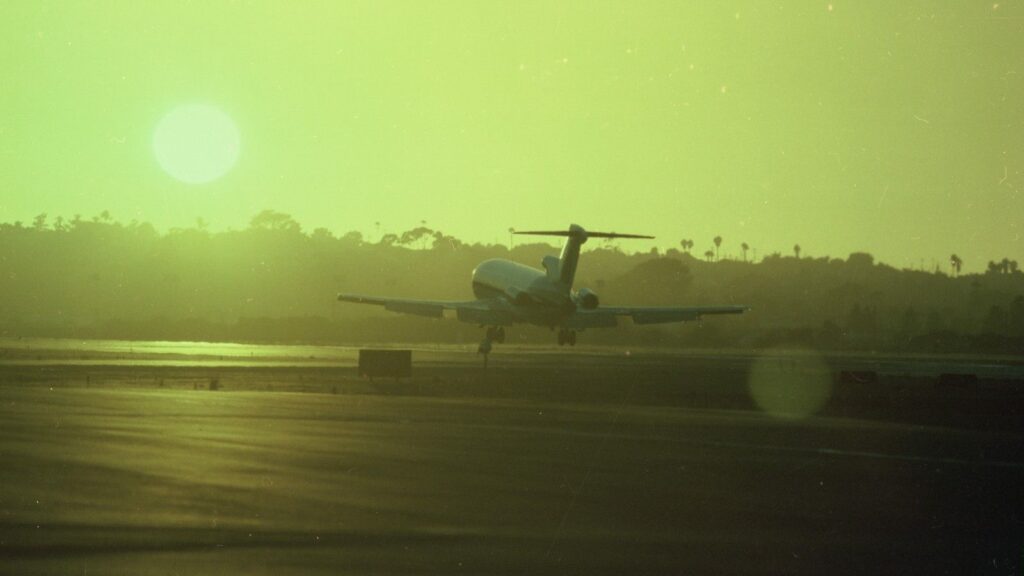
The Boeing 727, an emblematic aircraft in the history of commercial aviation, marks its place as the last trijet to operate scheduled flights in the United States. On April 6, 2003, Delta Air Lines completed its final scheduled passenger flight with a Boeing 727, connecting Greensboro Piedmont Triad International Airport (GSO) to Hartsfield-Jackson Atlanta International Airport (ATL). This event signified the end of an era for the aircraft that had transformed air travel since its introduction in February 1964.
History and Impact of the Boeing 727
The Boeing 727 joined the commercial aviation landscape following the success of the Boeing 707, which debuted in 1958. Recognizing a demand for a short-haul jet that could operate from smaller airports, Boeing developed the 727, powered by three Pratt & Whitney JT8D turbofan engines. With a list price of approximately $4.25 million in the mid-1960s, the 727 quickly gained traction among airlines, particularly in the United States.
Over its production run, which concluded in 1984, Boeing manufactured more than 1,800 units of the 727. The aircraft became a preferred option for airlines seeking to service routes with shorter runways. United Airlines emerged as the largest operator, boasting a fleet of 230 Boeing 727s, while Delta Air Lines followed closely with 191 aircraft.
One of the defining features of the 727 was its efficient design. Its trijet configuration allowed for a more favorable center of gravity, enhancing fuel efficiency compared to its four-engine counterpart, the Boeing 707. This design also enabled the aircraft to operate effectively at high-altitude airports, making it particularly suitable for airlines in mountainous regions, such as Lloyd Aéreo Boliviano.
Despite its popularity, the Boeing 727 faced challenges as fuel efficiency became a priority for airlines in the face of fuel crises during the 1970s and 1990s. The requirement to carry an engineer on board for every flight further increased operational costs, leading airlines to gradually phase out the trijet in favor of more modern, twin-engine alternatives.
The Final Flight and Legacy
Delta Air Lines operated its last Boeing 727 flight on April 6, 2003. Following this farewell, Frederick W. Reid, then President and Chief Operating Officer of the airline, recognized the aircraft’s significant role in Delta’s history, stating, “The Boeing 727 served as an elegant and durable workhorse of Delta’s fleet for more than 30 years. It was a vital part of our company’s growth.”
As the last American airline to operate the Boeing 727, Delta’s retirement of the aircraft marked a significant moment in aviation history. The final commercial flight of the Boeing 727 in the world took place a few years later, on January 13, 2019, when Iran Aseman Airlines operated a flight from Zahedan Airport (ZAH) to Tehran Imam Khomeini International Airport (IKA).
While the Boeing 727 is revered for its contributions to aviation, it is important to acknowledge the aircraft’s mixed safety record. The trijet was involved in a total of 353 incidents since its introduction, including 120 hull losses and over 4,000 fatalities. Early in its operational history, the aircraft suffered from notable accidents that tarnished its reputation, including the tragic crashes of United Airlines Flight 389 and Eastern Air Lines Flight 66.
Despite these challenges, the Boeing 727 remains an iconic symbol of the early days of jet-powered commercial aviation. Its legacy endures as one of the best-selling commercial aircraft of the 20th century, paving the way for future innovations in air travel.






